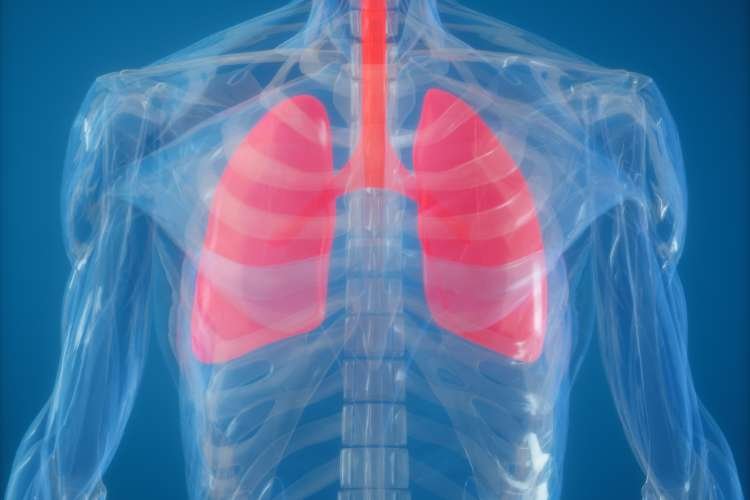Siemens Healthineers, in collaboration with Qure.ai and the Global Fund to Fight AIDS, Tuberculosis, and Malaria, is intensifying efforts to harness artificial intelligence in the battle against tuberculosis (TB), an infectious disease that continues to plague communities globally.
This strategic initiative focuses on the widespread adoption of AI and machine learning programs capable of swiftly and accurately analyzing chest X-rays to identify TB-related lung abnormalities within seconds. Peter Sands, Executive Director of the Global Fund, emphasizes the critical importance of swift patient identification and diagnosis in the ongoing fight against TB. Every year, millions of TB cases go undetected, posing a considerable challenge. With TB still claiming a life every two minutes, the need for more efficient and precise diagnostic tools is paramount, and AI is seen as a key part of the solution.
The project’s initial target is Indonesia, a nation with over 9% of the world’s TB cases. Despite TB being preventable, treatable, and curable, fewer than half of infected individuals in Indonesia receive timely treatment, according to Siemens Healthineers. Furthermore, an untreated TB carrier can potentially transmit the disease to as many as 15 people in a year. Siemens Healthineers and Qure.ai will provide complimentary licenses for their AI image processing technology and offer training to healthcare professionals. The Global Fund’s combined grants for 2021 to 2023 amount to $157 million, supporting focused interventions against the TB epidemic in Indonesia.
Qure.ai reports that its chest X-ray programs have substantially accelerated the time taken to confirm TB diagnoses, increased case detection rates, and reduced the cost of follow-up confirmatory testing by half.
In September, Qure received two 510(k) clearances from the FDA for its chest X-ray programs, one for identifying heart failure risks and another for diagnosing pneumothorax and pleural effusion cases.
Additionally, Qure highlighted a study conducted in Vietnam, revealing that integrating AI-based detection into provider workflows can offer dual benefits. Individuals initially screened for TB via chest X-rays can also be assessed for potentially malignant lung nodules and referred for follow-up CT scans to check for signs of lung cancer.
This ambitious venture leverages AI’s transformative potential to address TB, bridging diagnostic gaps, and ultimately improving outcomes for individuals affected by this persistent global health threat.





























